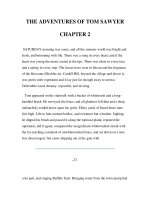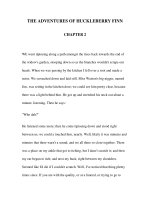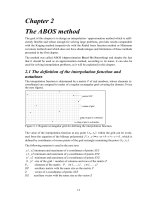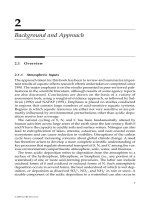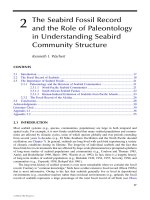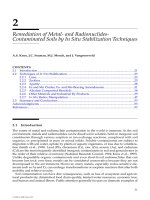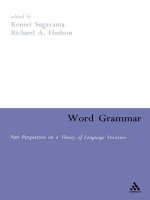theory of communication powerpoint chapter 2 language change : Variation, change, improvements
Bạn đang xem bản rút gọn của tài liệu. Xem và tải ngay bản đầy đủ của tài liệu tại đây (514.38 KB, 34 trang )
!
"
#
$%
I.
The regularity of sound change
&'
(
'
II. Phonological change
)'
*'
+,-
'+.
" +.
'
(,
/,."0
$11%2
2$3%("45
Beowulf:
62"7 ",
'8
9:,7","",
'
$
/**;<&=>>0
#
/&=>><&!==0
#
/&!==<,0
,+5
""
?,""'
THE REGULARITY OF SOUND CHANGE
Sound correspondence
-
( "@"'
-
ABAB 4,
C" '
DABE<
DABE
THE REGULARITY OF SOUND CHANGE
Sound correspondence
Words Modern English Middle English
# F"GF F"F
FGF FF
FGF FF
FGHF FHF
=> SOUND SHIFT
2 I
J.
(
ANCESTRAL PROTOLANGUAGES
The Romance languages
French
dialects of Latin
Spanish
The ancestral language from
which related languages have
developed
2%($$5
%<
.
K (
<"
"
FFF F
F F
F F
F F
FF
FF
f
f
K
P
P
(
p
p
How to know the Germanic & Romance languages
have a common ancestor?
"4
A example of a
regular sound
correspondence
There are many between the Germanic & Romance languages
-> hard to explain the prevalence of such regular sound
correspondence
"" ,
",L M,'
<:"
9: "'
"'
"'
$$$%
N,
( IMI, "
N,
"
N,
"'
•
FCF+.+
"+"#
'
•
ACB
•
3ACB
•
,+O, ,FCF
O
4"FIF/I0'
+
4
"
., "
$
" "FF
,FF
FF
4,+,'
I "F+F
FF
F+F4,+,'
4" "'
%.
14,+,/
4:P40
3.+,
,'
4+,.
+<+'
C
3J
•
6< 6
•
J6<6
.Q
Q
('
,
+
".
I'
+ IM""
""R'
The great vowel shift
"@
., " .,
" "
AB
AB
AB
AB
AB
AB
AB
AB
ASB
ASB
AB
AB
AB
AB
#
#
A@B
A@B
A,B
A,B
AB
AB
AB
AB
AB
AB
AB
AB
AB
AB
#
#
A"B
A"B
AB
AB
A4IB
A4IB
A"B
#
A"@B
A",B
AB
AB
A4IB
A4IB
A"B
#
Mice
Mouse
Geese
Goose
Break
Broke
name
Early middle English
shortening rule
•
("R.+, "" "
C"
0
<
40
(<
0
(<
0
"<"
0
(<
